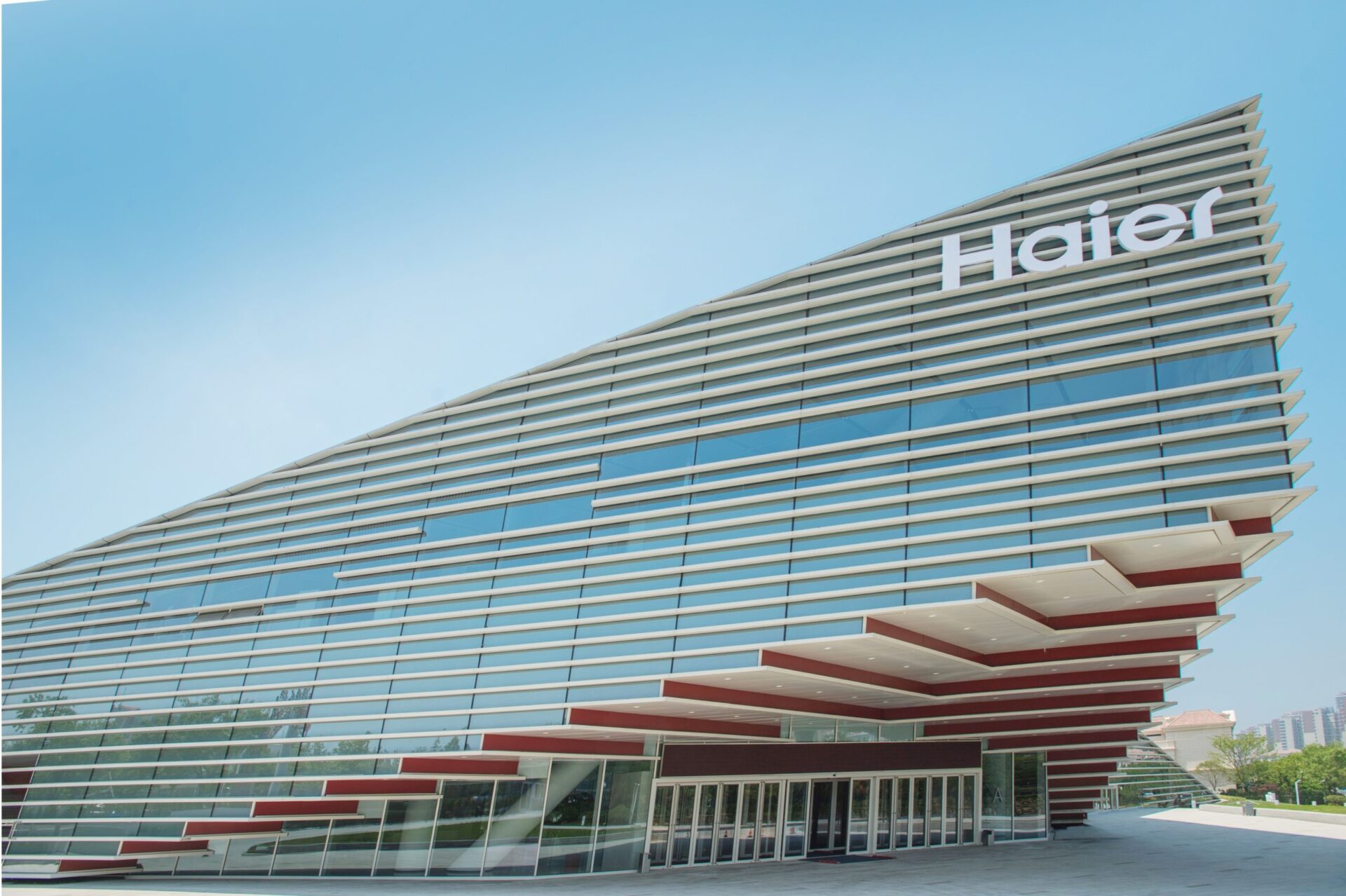To mark World Environment Day, Haier Appliances India has taken a big leap by launching a large-scale rooftop solar project at its Greater Noida industrial park. It might sound like just another corporate sustainability move, but there’s actually quite a bit of substance behind this one. Unveiled on June 5, 2025, the project signals a meaningful shift in the company’s broader environmental strategy. It’s not just about ticking boxes; it’s about seriously cutting down on carbon emissions and bringing renewable energy directly into their core manufacturing processes.
So, what’s the scale of this project? Pretty impressive, honestly. The installation has a total capacity of 4.5 Megawatt-peak (MWp), featuring a staggering 7,174 monocrystalline solar modules sprawled across 36,000 square meters of rooftop. That’s a lot of solar panels. Together, they’re expected to generate around 5.8 million kilowatt-hours (kWh) of clean electricity every year. That kind of energy supply can significantly reduce the facility’s reliance on conventional grid electricity. To put it in perspective, the solar output could offset roughly 5,500 metric tons of CO₂ emissions annually. That’s the equivalent of planting more than 250,000 trees—a contribution that’s hard to ignore when you’re thinking in terms of long-term environmental impact.
NS Satish, President of Haier Appliances India, emphasized the company’s intent clearly: “At Haier, sustainability is not a parallel effort—it is a defining pillar of our core operations and long-term strategic vision.” It’s a bold statement, but paired with a project like this, it seems to hold weight. According to Satish, the move isn’t just about energy efficiency but about integrating green practices into every level of operations. This isn’t some one-off PR stunt. It’s a calculated step toward a more climate-responsible business model, and one that aligns closely with India’s national renewable energy targets and broader global commitments.
What’s notable is that Haier isn’t just focusing on internal goals. This initiative plays into a bigger picture—helping India advance its climate pledges under the Paris Agreement and the UN Sustainable Development Goals (SDGs). It also quietly challenges other manufacturers to think more seriously about their own sustainability blueprints. Could this become a new industry norm? Possibly. At the very least, it sets a bar.
Of course, this isn’t Haier’s first brush with energy-conscious innovation. The company recently earned praise for its deep freezer model, the HFC-588DM5, which bagged the “Appliance of the Year” title from the Bureau of Energy Efficiency (BEE) during the 34th National Energy Conservation Awards (NECA) in 2024. This model is rated 5-star and consumes just 1060 kWh per year. That kind of performance isn’t accidental; it’s the result of deliberate design aimed at marrying functionality with eco-responsibility.
Haier’s focus on sustainability also carries over into product engineering. Many of their refrigerators, for example, use R600a refrigerant—a low-impact option from an environmental standpoint. Some models include inverter compressors, which adapt cooling power based on actual need, trimming down electricity usage in the process. These small decisions add up, reflecting a company ethos that values environmental considerations without compromising performance.
In the washing machine space, the innovations continue. Features like the Super Drum design improve water efficiency, while the Direct Motion Motor allows quieter, more energy-efficient operation. The “Refresh Function” is another interesting touch—it uses steam to freshen clothes, meaning fewer washes and less water and energy waste. Plus, with the Haier Smart App, users can remotely monitor and manage their machines, optimizing energy use as part of daily life. It’s this kind of integration that makes sustainability feel accessible, not just aspirational.
Meanwhile, Haier has been steadily investing in its Greater Noida facility. Back in March 2025, the company announced a hefty ₹10 billion investment spread over four years. That plan includes a ₹2 billion injection molding unit for better plastic components, a ₹1 billion PCB manufacturing setup (due to go live by October 2025), and a major ₹7 billion commitment toward a new air conditioner manufacturing plant. That last bit alone will boost Haier’s annual AC production to 4 million units by early 2027 and add 3,500 new jobs—doubling the workforce at the site.
These manufacturing investments tie into India’s “Make in India, Make for India” mission, reinforcing Haier’s role in local production, self-reliance, and job creation. But they’re also a key part of the sustainability narrative. By focusing on local sourcing, Haier can better manage emissions, optimize logistics, and ensure more responsible manufacturing across the board. The company’s ESG reports back this up with data on efforts to cut greenhouse gases, conserve water, and manage waste more effectively across their operations.
At the end of the day, what makes Haier’s solar initiative feel impactful isn’t just the scale or statistics—though those are certainly compelling. It’s the way the project integrates into a broader vision for sustainable business practices. From product design to factory upgrades, Haier seems genuinely committed to walking the talk on environmental stewardship. Whether that ultimately sets a lasting benchmark for the industry remains to be seen, but for now, it’s a strong step in the right direction.



















